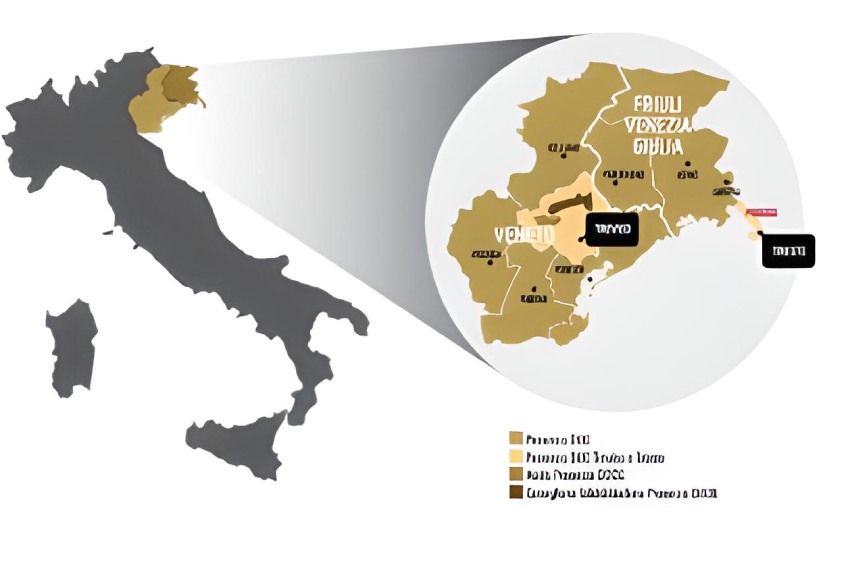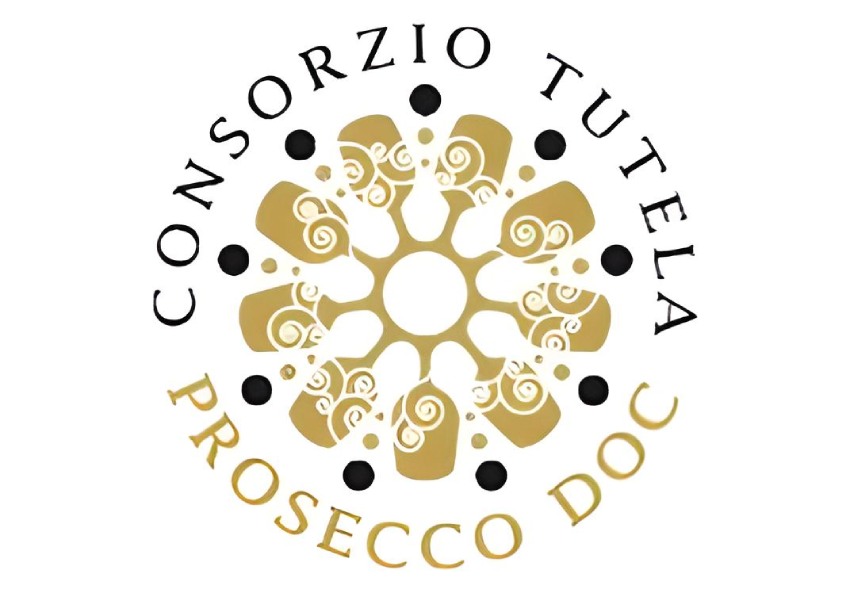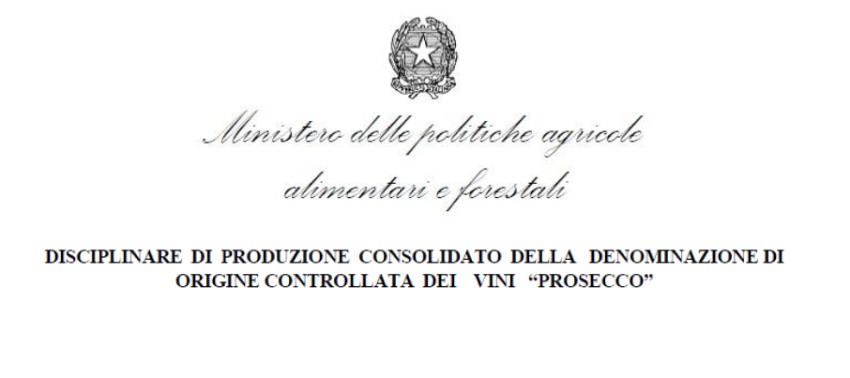TWO THOUSAND YEARS OF PASSION, EXPERIENCE AND SUCCESS
Prosecco DOC: history of an italian excellence
— THE HISTORY OF PROSECCO
A NAME, A LAND
The origins
The very ancient origins of Prosecco wave together history and legend. In the composition of Plinio il Vecchio in the 1st century A.D., in fact, it is said that the Empress Livia, wife of Octavian Augustus, lived for a long time thanks to the legendary virtues of Pucino wine, whose production has been placed by historians precisely in the territory of the current province of Trieste, in particular in the Prosecco area.
This anecdote is often remembered in various compositions before the 16th century to probably give greater value to the 100 “Orne” of the best Prosecco wine that the city of Trieste offered every year to the Austrian sovereigns, in compliance with the agreement signed on 20 September 1382.
AN ANCIENT SOURCE OF YOUTH
The journey
In the 18th century there are other quotes that place the production of Prosecco in the territory of the current denomination: first of all, that of 1754 by Aureliano Acanti, who exalted the characteristics of the “meloaromatico Prosecco” produced in the Berici mountains in the province of Vicenza and, then, that of 1772 by Francesco Maria Malvolti, who celebrated the “Proseccos” obtained in the Treviso hills.
The fame
Prosecco in the ‘700
In the 19th century, the revolution that would change Prosecco forever began: the production of sparkling wine. In fact, already in the mid-19th century, evidence of sparkling Prosecco can be found throughout the area of the denomination, probably obtained with the second refermentation in the bottle. In this direction, however, the acceleration took place in the second part of the 19th century thanks to the Regia Scuola Enologica di Conegliano, in which new clonal selection techniques and, above all, new oenological practices and processes were studied and tested, including the Martinotti with refermentation in autoclave, therefore identifying a MODERN method, complementary to the classic one.
The recognition of the DOC Prosecco
Prosecco in the modern times
Here the modern events of Prosecco began: a journey that between the 60s and 70s marked one of its fundamental stages, with the recognition of the Controlled Designation of Origin for the hilly areas and the Typical Geographical Indication. In this way, in addition to the recognition of quality by the institutions, the activity aimed at protecting Prosecco began.
With the new millennium, thanks to the global success of Prosecco, the level of protection has increased. In fact, on 17th July 2009, the Prosecco system was reorganized when the former Controlled Designations of Origin become Controlled and Guaranteed Designations of Origin and, above all, with the establishment of the Prosecco Controlled Designation of Origin.
A lifetime history
THE HISTORICAL PROSECCO QUOTES
Plinio il Vecchio, in its Historia Naturalis, praises the Pucino wine produced in front of the Adriatic Sea near the sources of the Timavo river, i.e. in the territory of the current province of Trieste.
Source: Historia Naturalis L. XIV (I sec d.C.)

The wines produced in the areas of Duino, in the area adjacent to the sources of the Timavo river, are appreciated in the courts of the wealthiest families of the Holy Roman Empire, including that of Frederick II of Swabia (1194-1250).
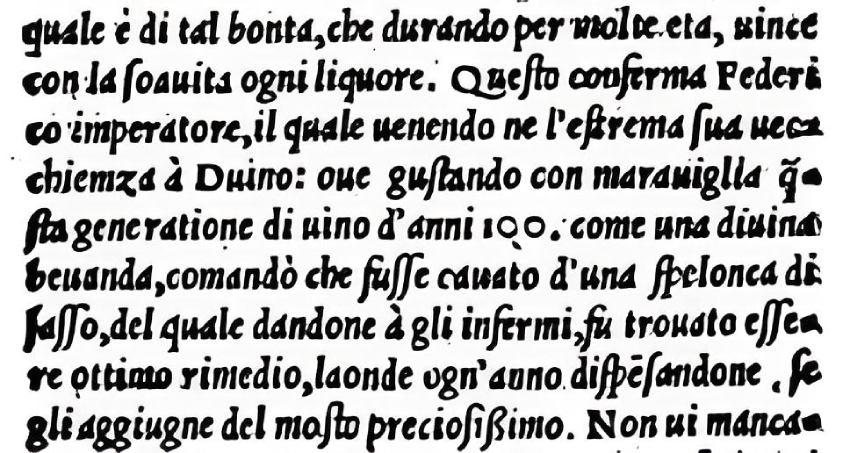
In 1551 Wolfango Lazio, eclectic intellectual and rector of the University of Vienna, describes the excellence of the coastal vineyards of today's province of Trieste and especially those of Duino and Prosecco.
Source: Commentariorum, Lib. 12, sec. 5, cap. 8, p. 1199 (1558)


Source: Commentari storico-geografici della provincia dell’Istria (1650)
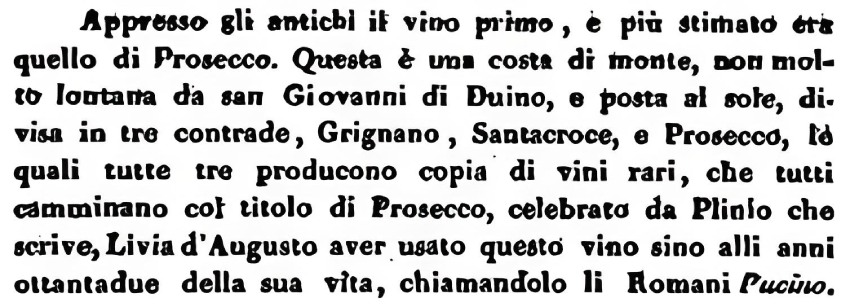
Source: Historia Antica e Moderna, Sacra e Profana della Città di Trieste (1698)


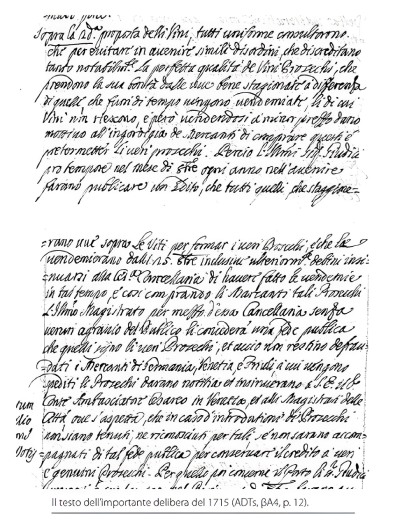
In 1754, Aureliano Acanti exalted the characteristics of Prosecco wine from the province of Vicenza, confirming the extension of production to the Veneto.
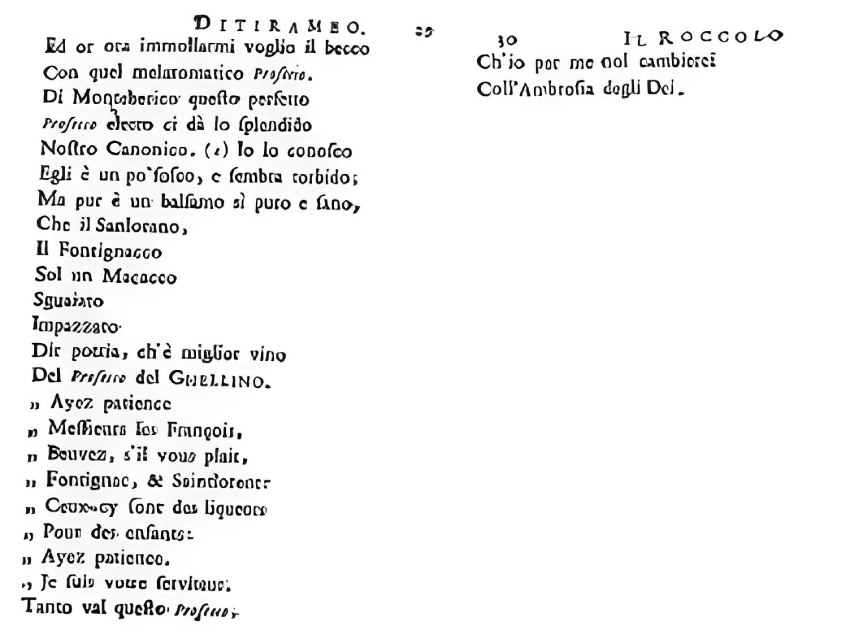
In 1814, Abbot Giuseppe Berini in a letter addressed to Giuseppe Cernazai Ronchi di Monfalcone, Del Pucino Antico probably modern Prosecco from Friuli, describes vineyard and cellar practices for the production of Prosecco.
Source: Annali dell'agricoltura del Regno d'Italia (1814)
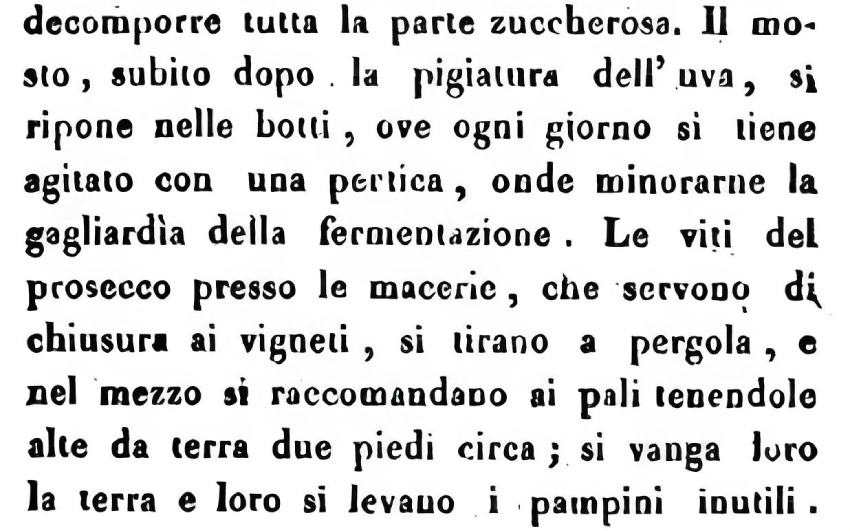
Source: Grande Illustrazione del Lombardo-veneto
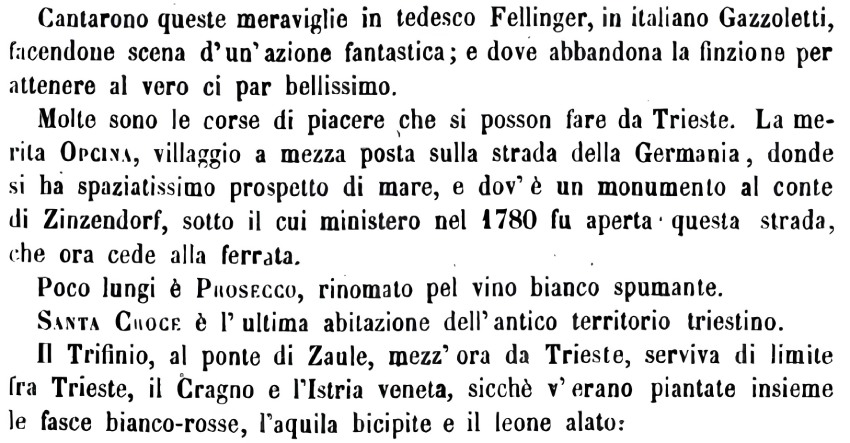
Source: Collezione Ampelografica Provinciale Trevigiana
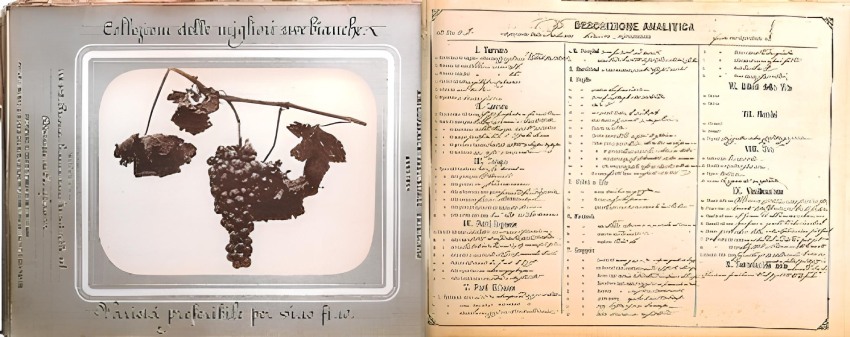
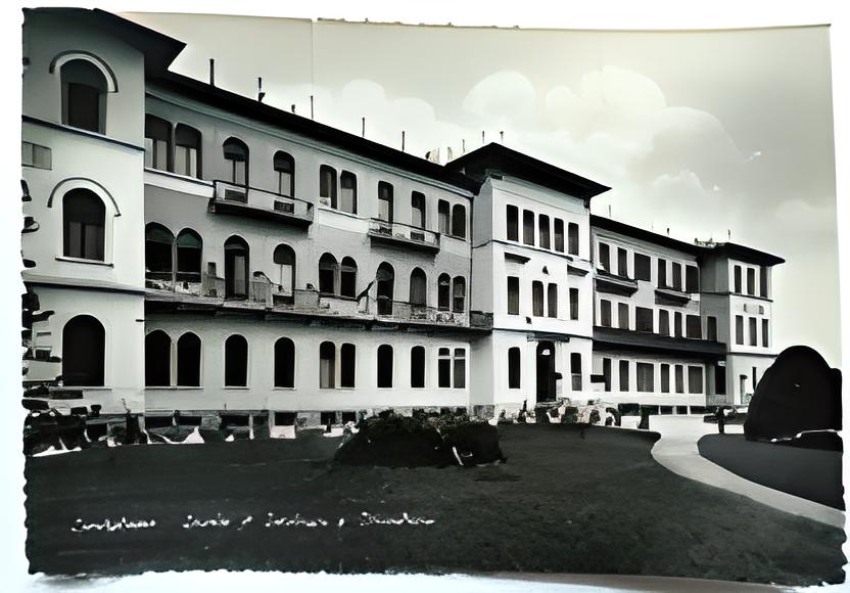
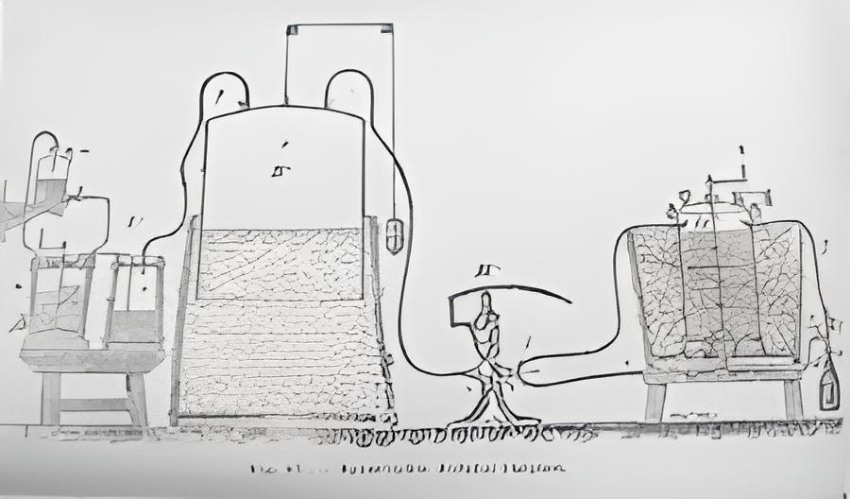
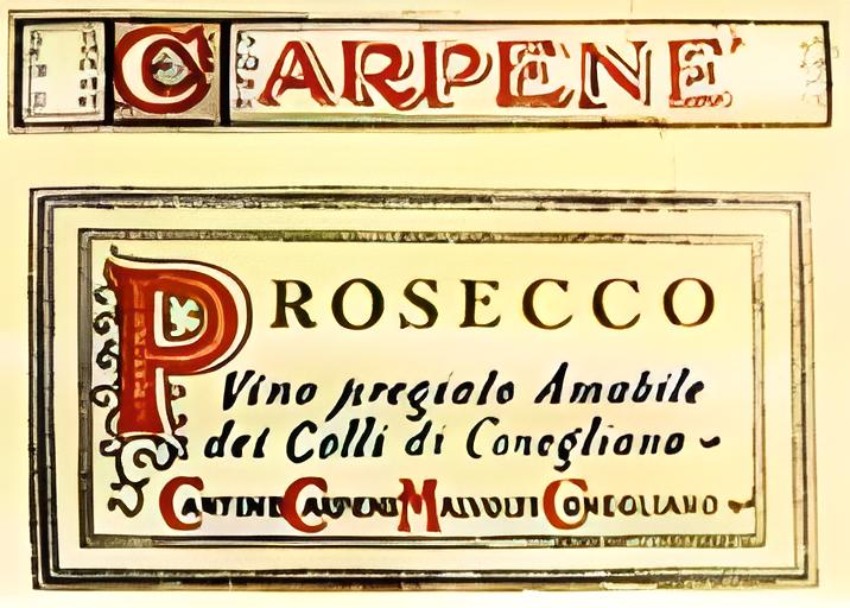
Between the 1960s and 1970s, the Denominations and related Consortia were recognised, first for Conegliano Valdobbiadene and, subsequently, for Montello and Colli Asolani. Typical geographical indications are also recognized, where Prosecco is also included.
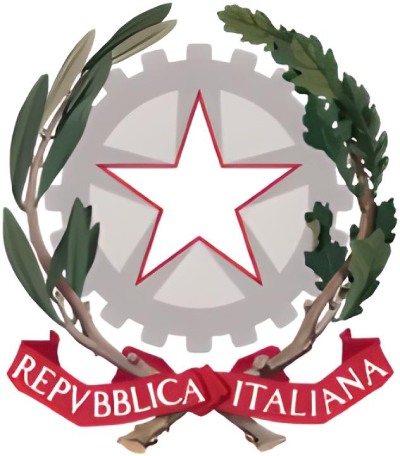
On 17 July 2009 the reorganization of the "Prosecco System" took place, with the establishment of the DOCG "Asolo - Prosecco" and Conegliano Valdobbiadene - Prosecco" and the DOC "Prosecco". On 19 November of the same year, the Consortium for the protection of DOC Prosecco was established, with the aim of governing, promoting and protecting the denomination.
